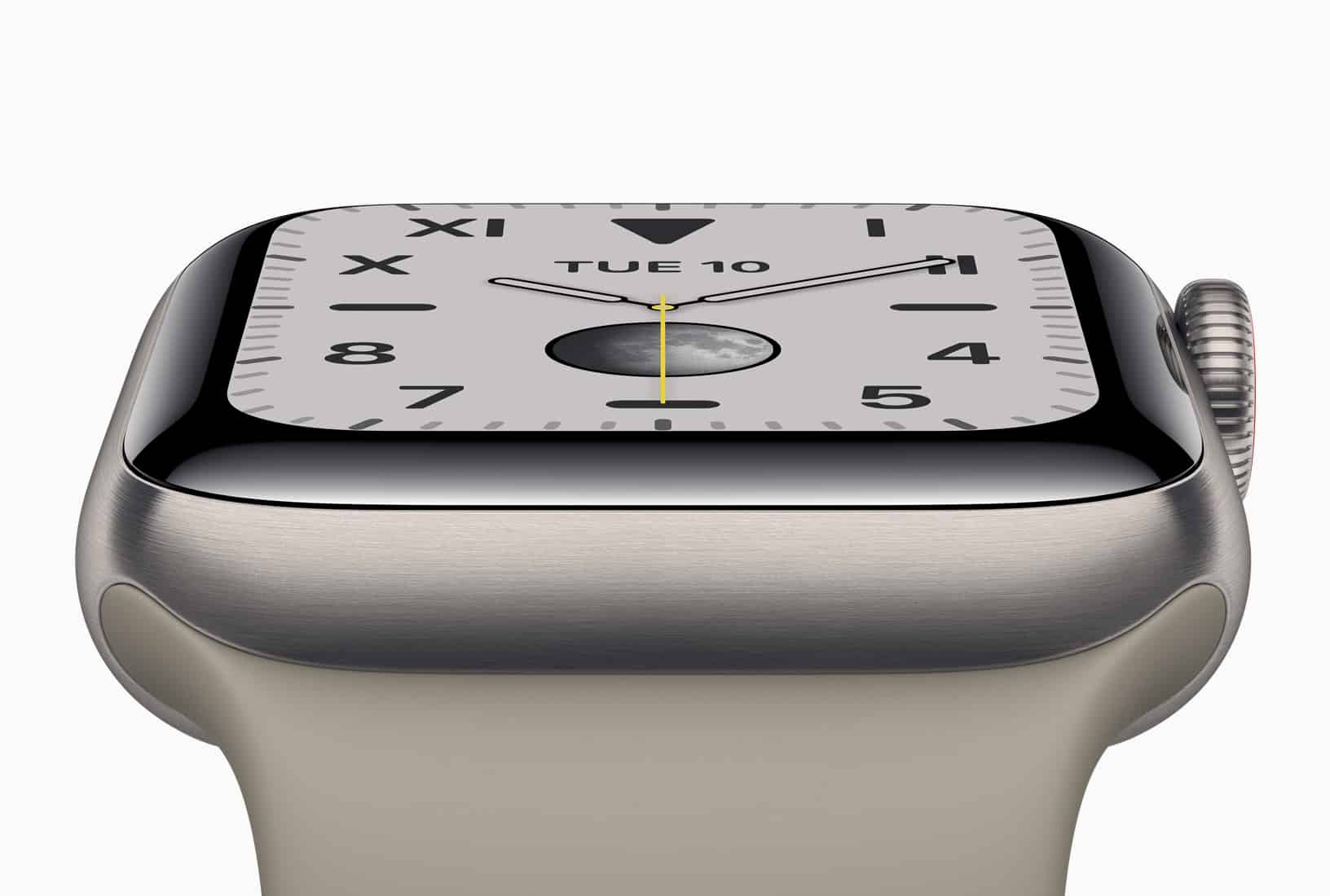Apple (NASDAQ: AAPL) continues to lead the way in the booming smartwatch market, which is part of the broader wrist-worn wearables industry. That’s not unlike the company’s position in the hearables market, another subset of wearables. Total wearables unit volumes across all categories are expected to exceed 220 million this year, according to market researcher IDC.
IDC this week released its estimates on wrist-worn wearables for the second quarter, which show Apple maintaining its No. 1 position in smartwatches, although the Cupertino tech giant came in at No. 2 for all wrist-worn wearables due to the popularity of basic fitness trackers in China, where Xiaomi is top dog.
Xiaomi is No. 1 thanks to basic trackers
Wrist-worn wearables saw global shipments jump 29% in the second quarter to 34.2 million units. New products represented roughly two-thirds of those volumes, as consumers snapped up the latest models. Xiaomi’s Mi Band 4 was a hit after launching in June.
Thanks to an average selling price (ASP) of $448, Apple ranked first in terms of revenue even though it shipped fewer units than Xiaomi. The Cupertino tech giant unveiled the Apple Watch Series 5 this week, which should help Apple maintain its No. 1 position in smartwatches. IDC expects that Apple Watch will grab 39% of the smartwatch market in 2019.
| Vendor | Q2 2019 Shipments | Q2 2019 Market Share |
|---|---|---|
| Xiaomi | 5.9 million | 17.3% |
| Apple | 5.1 million | 14.8% |
| Huawei | 4.8 million | 14.1% |
| Fitbit (NYSE: FIT) | 3.5 million | 10.1% |
| Samsung | 3.2 million | 9.4% |
| Others | 11.7 million | 34.3% |
| Total | 34.2 million | 100% |
Data source: IDC.
Fitbit stumbled with the Versa Lite but unveiled the Versa 2 at the end of August in an effort to revitalize smartwatch sales. However, the Inspire wristband is selling well, helping the company grow total shipments by 32% to 3.5 million in the second quarter. The partnership with Singapore is also expected to contribute to Fitbit’s momentum, according to IDC.
![]()
Fitbit is hoping the Versa 2 can compensate for the Versa Lite’s flop. Image source: Fitbit.
“Health is now at the forefront for these devices since companies have started providing actionable insights and prescriptive measures for end users,” IDC’s Jitesh Ubrani said in a statement. “Beyond health, mobile payment is also starting to become a mainstay as roughly two out of five wrist-worn wearables now include NFC, and many more simply use QR codes to complete transactions.”
IDC’s Ramon Llamas also adds that the value of smartwatches continues to increase as the user experience improves. Companies are increasingly integrating virtual assistants and adding smart-home functionalities, among other useful features. For example, Fitbit added Amazon Alexa to the Versa 2 since it doesn’t have a first-party virtual assistant to lean on.
Wrist-worn wearable shipments are forecast to hit 152.7 million for 2019, representing the bulk of the wearables market, according to IDC’s estimates.









